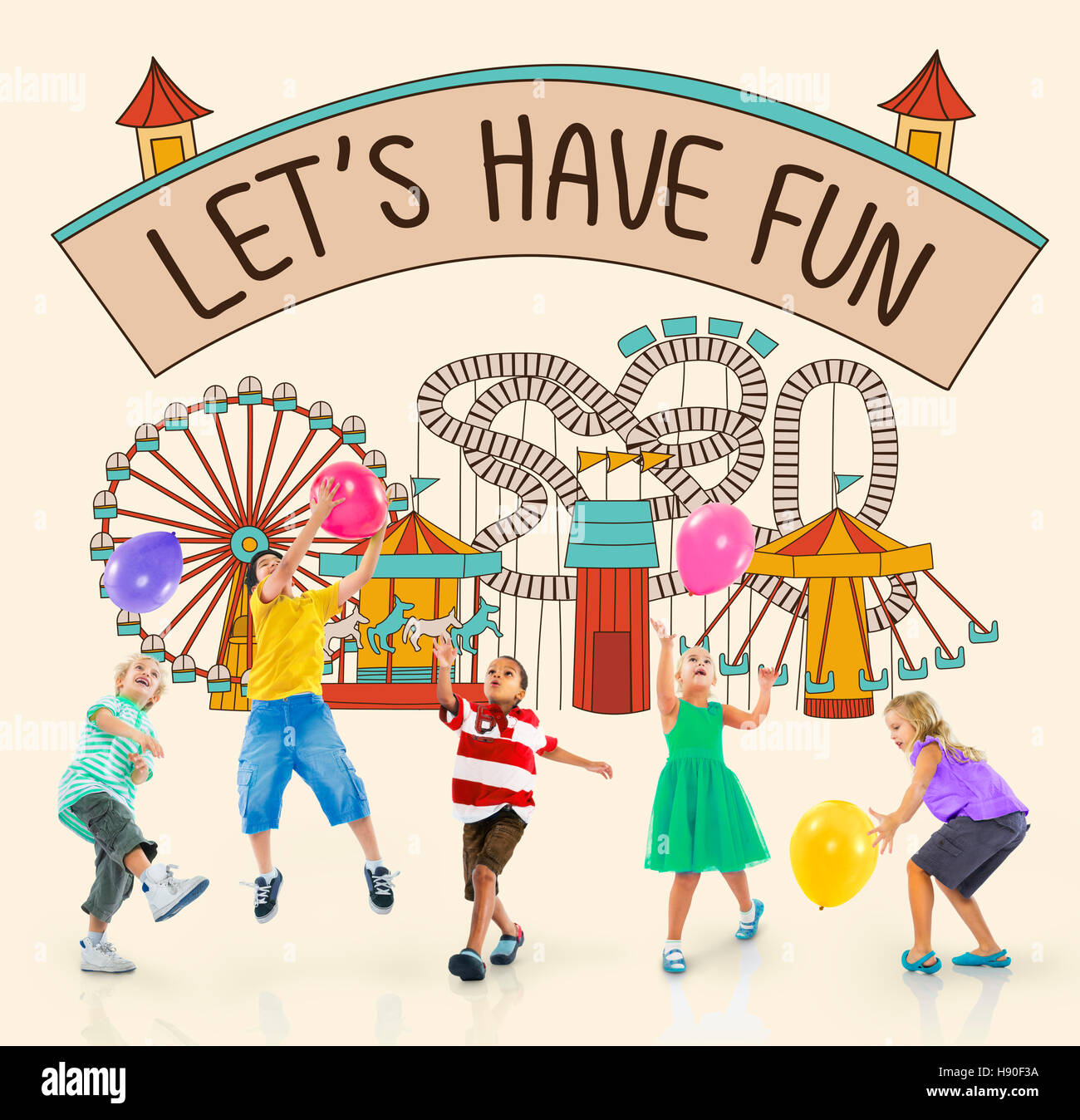
Fun and Educational TikTok Hooks: Captivating Your Audience and Making Learning Irresistible
TikTok has exploded into a cultural phenomenon, captivating audiences of all ages with its short, engaging videos. While often associated with dance trends and viral challenges, TikTok has also emerged as a powerful platform for education. The key to success lies in crafting irresistible "hooks" – the first few seconds of your video that grab viewers’ attention and entice them to keep watching.
In this article, we’ll explore a variety of fun and educational TikTok hooks that will not only boost your engagement but also transform learning into an enjoyable experience.
Why Hooks Matter on TikTok
On TikTok, attention spans are notoriously short. Users are bombarded with an endless stream of content, and they make snap judgments about whether a video is worth their time within seconds. A weak or uninspired hook can lead to viewers swiping away, regardless of how valuable or informative the rest of your video may be.
A well-crafted hook, on the other hand, acts as a powerful magnet, drawing viewers in and piquing their curiosity. It sets the tone for the video, establishes its purpose, and creates a sense of anticipation. When done effectively, hooks can transform passive viewers into active participants, eager to learn, share, and engage with your content.
Types of Fun and Educational TikTok Hooks
Here’s a breakdown of effective hook strategies, complete with examples tailored for educational content:
-
The Intriguing Question
- How it works: Pose a thought-provoking question that directly relates to the topic you’ll be covering.
- Why it works: Curiosity is a powerful motivator. Questions instantly engage the viewer’s mind and prompt them to seek answers.
-
Examples:
- Science: "Did you know that the human body contains enough iron to make a nail? 🤔 Want to find out more?"
- History: "What if World War II had a different outcome? 🤯 Let’s explore alternate history."
- Math: "Can you solve this math problem in under 10 seconds? ⏱️ Put your skills to the test!"
- Language: "What’s the most mispronounced word in the English language? 🗣️ I bet you’re saying it wrong!"
-
The Bold Statement or Statistic
- How it works: Present a surprising, shocking, or counterintuitive fact or statistic.
- Why it works: This approach immediately grabs attention by challenging assumptions and creating a sense of urgency to learn more.
-
Examples:
- Science: "Every year, more people are killed by vending machines than by sharks! 🦈 Learn why."
- History: "Cleopatra lived closer in time to the invention of the iPhone than to the construction of the Great Pyramid of Giza! 🤯 Mind-blowing, right?"
- Math: "The probability of winning the lottery is less than being struck by lightning! ⚡ Let’s crunch the numbers."
- Language: "The word ‘set’ has more definitions than any other word in the English language! 📚 Prepare to be amazed."
-
The Visual Teaser
- How it works: Show a captivating image, animation, or short video clip related to the topic.
- Why it works: Visuals are processed much faster than text, making this a highly effective way to grab attention and create intrigue.
-
Examples:
- Science: Show a time-lapse of a plant growing, followed by the question, "What’s the secret to rapid plant growth? 🌱 Find out!"
- History: Display a striking image of an ancient artifact, followed by, "Uncover the mysteries of this lost civilization! 🏺"
- Math: An animation of fractals forming, with the question, "How does nature use math? 🌿 Let’s explore fractals!"
- Language: Showcase a beautiful example of calligraphy, followed by, "Unlock the art of elegant handwriting! ✍️"
-
The "Myth vs. Fact" Challenge
- How it works: Present a common misconception or myth, followed by a statement that reveals the truth.
- Why it works: This approach taps into our natural curiosity and desire to debunk falsehoods.
-
Examples:
- Science: "Myth: We only use 10% of our brains. Fact: We use all parts of our brain! 🧠 Let’s dive into neuroscience."
- History: "Myth: Marie Antoinette said, ‘Let them eat cake.’ Fact: There’s no evidence she ever said that! 🍰 Let’s separate fact from fiction."
- Math: "Myth: Math is only for geniuses. Fact: Anyone can learn math with the right approach! 🤓 Let’s unlock your math potential."
- Language: "Myth: Grammar is boring. Fact: Grammar is the key to clear communication! 🗝️ Let’s master the basics."
-
The Unexpected Twist
- How it works: Start with a seemingly ordinary scenario and then introduce an unexpected twist or surprising revelation.
- Why it works: Surprise is a powerful emotion that can instantly capture attention and create a sense of intrigue.
-
Examples:
- Science: "You’re breathing right now… but are you doing it correctly? 🫁 Discover the secrets of optimal breathing."
- History: "This old photograph looks ordinary, right? 📸 But it holds a hidden story that changed the world!"
- Math: "You use math every day… even when you’re scrolling through TikTok! 📱 Let’s explore the math behind social media."
- Language: "You’re reading these words right now… but do you know where they came from? 📜 Let’s uncover the history of language."
-
The Relatable Scenario
- How it works: Start by describing a common situation or experience that your audience can easily relate to.
- Why it works: This creates an instant connection and makes viewers feel like the content is relevant to their lives.
-
Examples:
- Science: "Ever wonder why you get brain freeze when you eat ice cream too fast? 🍦 Let’s explore the science of ice cream headaches."
- History: "Struggling with procrastination? You’re not alone! 🕰️ Learn how historical figures overcame procrastination."
- Math: "Feeling overwhelmed by your finances? 💰 Let’s use math to take control of your money."
- Language: "Having trouble remembering new words? 🧠 Let’s explore effective memory techniques."
Tips for Creating Effective TikTok Hooks
- Keep it short and sweet: Aim for a hook that lasts no more than 3-5 seconds.
- Be visually appealing: Use high-quality visuals, engaging animations, and eye-catching text.
- Use trending sounds and effects: Incorporating popular audio tracks and visual effects can increase your video’s visibility.
- Know your audience: Tailor your hooks to the interests and knowledge level of your target audience.
- Test and iterate: Experiment with different hook styles and analyze your video’s performance to see what works best.
- Create a sense of urgency: Use phrases like "You need to know this," "Don’t miss out," or "You won’t believe…" to create a sense of urgency.
- Promise a solution or benefit: Let viewers know what they will gain by watching the rest of the video (e.g., learn a new skill, solve a problem, gain new knowledge).
- Use humor: A touch of humor can make your hooks more memorable and engaging.
- Collaborate with other creators: Partner with other educational TikTokers to create engaging content.
Conclusion
Mastering the art of creating fun and educational TikTok hooks is essential for capturing attention, boosting engagement, and transforming learning into an enjoyable experience. By experimenting with different hook strategies, tailoring your content to your audience, and continuously analyzing your results, you can unlock the full potential of TikTok as a powerful educational tool. Embrace creativity, stay curious, and let your passion for learning shine through in every video you create. With the right hooks, you can inspire, educate, and empower your audience to explore the world around them.



